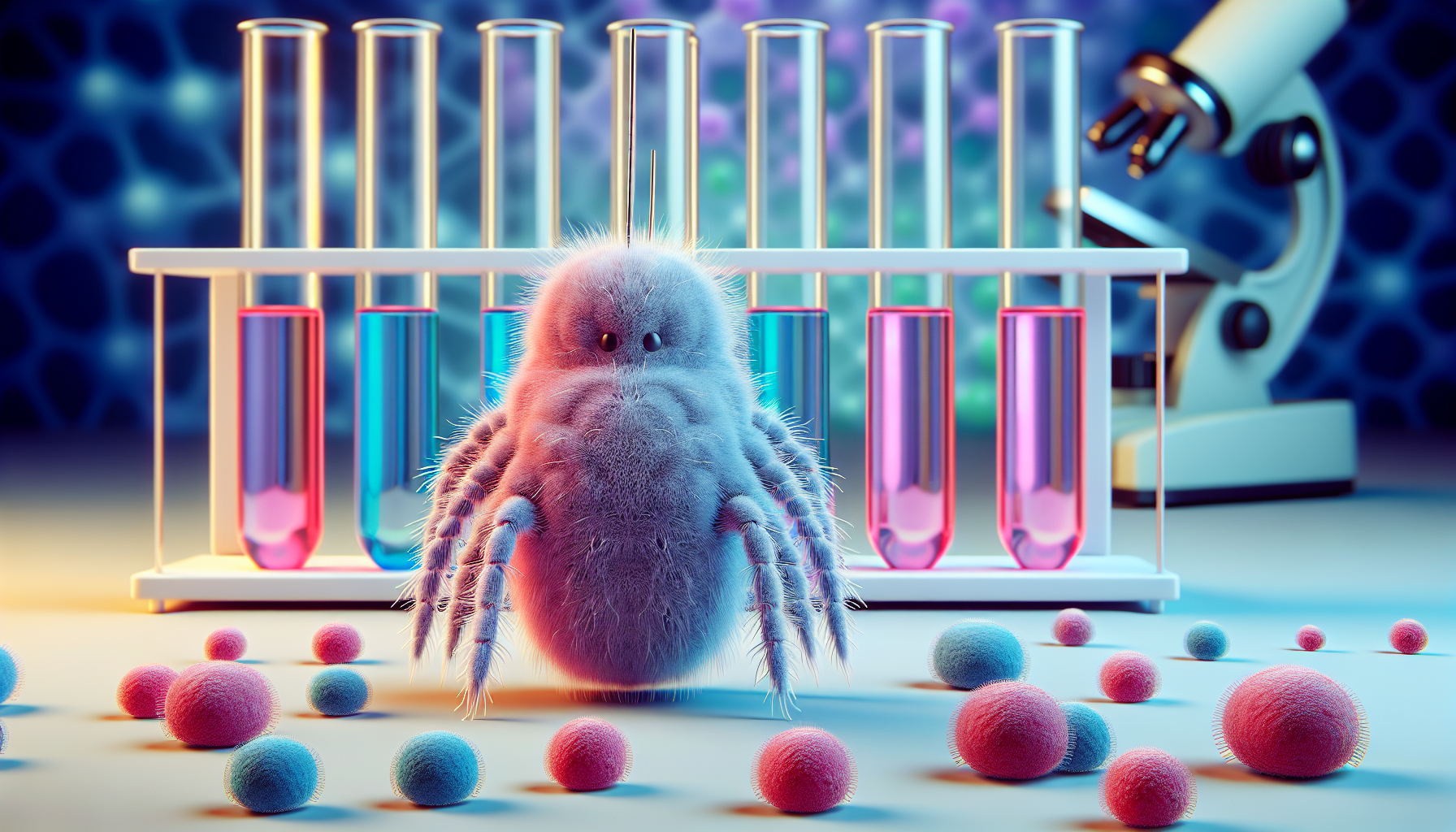Breakthrough Nanoparticle EVQ-218 Tackles Antibiotic-Resistant Bacteria
Key Takeaways
- EVQ-218 combats antibiotic-resistant bacteria without causing antimicrobial resistance.
- The nanoparticle is effective in various industries including healthcare and textiles.
- EVQ-218 is moving towards Phase I clinical trials for treating pulmonary infections.
Did You Know?
EVQ-218: A New Hope in the Fight Against Antibiotic Resistance
EVŌQ Nano has developed a groundbreaking nanoparticle, EVQ-218, that offers promising results in combating antibiotic-resistant bacteria. The World Health Organization (WHO) has emphasized the urgent need for new antibacterial agents, and EVQ-218 meets this demand with its unique mechanism that avoids triggering antimicrobial resistance (AMR).
The significance of EVQ-218 lies in its demonstrated effectiveness against the top six antibiotic-resistant bacteria, a major step forward in addressing the pressing global health threat posed by AMR. This innovative approach marks a pivotal advancement in antimicrobial treatments.
Understanding the Unique Properties of EVQ-218
Unlike traditional antibiotics that often lead to the development of resistant strains, EVQ-218 disrupts bacteria's metabolic processes without inducing resistance. This characteristic is vital in the ongoing battle against drug-resistant pathogens.
Characterized as a non-ionic silver nanoparticle, EVQ-218 is devoid of cytotoxicity, making it safer for medical applications. Traditional nanosilvers have faced limitations due to toxicity issues, but EVQ-218's non-ionic nature allows for broader therapeutic use without such risks.
Applications Across Multiple Fields
EVQ-218's potential reaches beyond just medical treatments. EVŌQ Nano is leveraging this nanoparticle in various industries. For instance, EVŌQ Bio is developing an inhaled therapy using EVQ-218 for treating pulmonary infections in cystic fibrosis patients. This therapy is moving towards Phase I clinical trials with positive preliminary results.
Moreover, EVŌQ MedTech is integrating EVQ-218 into medical devices to prevent healthcare-associated infections (HAIs). This application aims to enhance patient safety by reducing the risk of bacterial and fungal infections in hospital settings.
Environmental and Industrial Benefits
In addition to healthcare, EVQ-218 is being utilized in the textiles, hospitality, and fitness industries. FUZE Technologies employs this nanoparticle in creating antimicrobial fabrics that are both safe and sustainable. These fabrics are free from harmful chemicals and contribute to environmental conservation.
This broad applicability positions EVQ-218 as a versatile and valuable asset in multiple sectors, highlighting its innovative impact on both health and industry.
Moving Forward with Confidence
With successful pre-clinical trials and ongoing partnerships in various industries, EVŌQ Nano is advancing EVQ-218 towards broader clinical use. The company's focus on safety and efficacy underscores its commitment to addressing one of the most critical health challenges of our time.
As EVQ-218 progresses through clinical trials and applications expand, it holds the promise of becoming a cornerstone in the fight against antibiotic-resistant bacteria, offering new hope for patients and healthcare providers worldwide.
References
- World Health Organization - Antibacterial agents in clinical and preclinical developmenthttps://www.who.int/publications
- ACS Omega - Characterization of high-energy nanoparticleshttps://pubs.acs.org/doi/10.1021/acsomega.3c07745
- Journal of Hazardous Materials - Interaction of silver nanoparticles with beneficial bacteriahttps://www.sciencedirect.com/journal/journal-of-hazardous-materials
- Patient Safety Network - Healthcare-associated infectionshttps://psnet.ahrq.gov/primer/health-care-associated-infections




